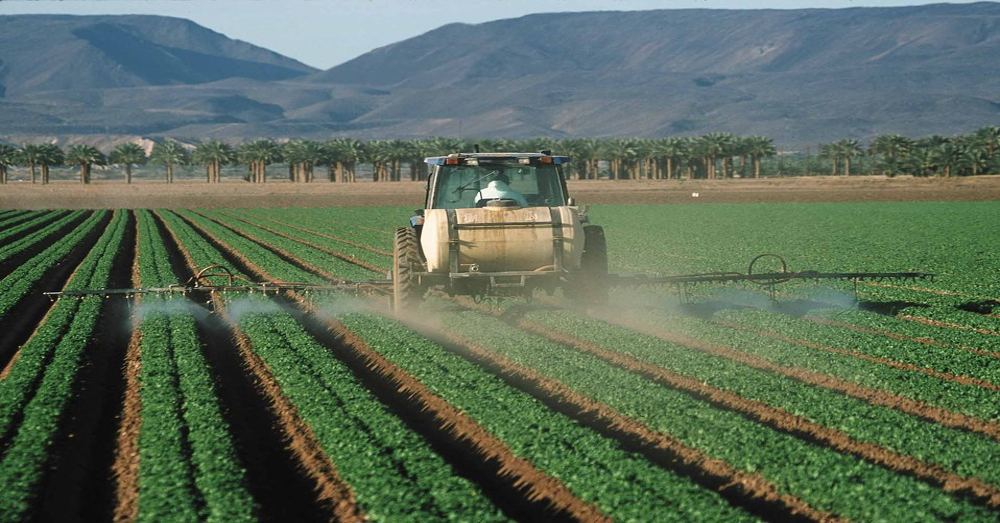
Can California Reverse EPA’s U-Turn on Pesticide Ban?
A year and a half ago, the Environmental Protection Agency (EPA) announced it would ban the use of the neurotoxic insecticide chlorpyrifos on food crops. Then, at the end of March—reversing course on decades of agency science and a decision that was years in the making—EPA Administrator Scott Pruitt announced that the agency would not ban the pesticide after all.
April 13, 2017 | Source: Civil Eats | by Elizabeth Grossman
A year and a half ago, the Environmental Protection Agency (EPA) announced it would ban the use of the neurotoxic insecticide chlorpyrifos on food crops. Then, at the end of March—reversing course on decades of agency science and a decision that was years in the making—EPA Administrator Scott Pruitt announced that the agency would not ban the pesticide after all.
In the wake of Pruitt’s decision, and given overwhelming scientific evidence of adverse impacts on children’s neurological development, environmental and farmworker advocates in California are calling on their state, which uses more chlorpyrifos than any other, to ban the insecticide. As it has for other environmental issues—air quality, for example—California could take action on chlorpyrifos that would have nationwide impacts.
Chlorpyrifos has long been on the radar of California’s environmental health advocates. Since 1999, University of California, Berkeley researchers have been studying the effects of organophosphate pesticides—including chlorpyrifos—on children in the state’s farming communities. They’ve consistently found that exposure, which often begins prenatally, is linked to lower IQ, cognition and attention problems, and other adverse effects. State data also shows children’s exposure to be widespread.
A 2014 California Department of Public Health report found chlorpyrifos among the top 10 pesticides used within a quarter-mile of schools in the 15 agricultural counties studied. This puts thousands of children at risk of exposure.
Approximately one million pounds of chlorpyrifos—about 20 percent of what’s used nationwide—are applied annually in California to dozens of food crops, including almonds, citrus, grapes, and broccoli. The greatest use is in agricultural counties, like Fresno, Kern, and Tulare counties, where homes and schools are often adjacent to agricultural fields. State air monitoring in several of these communities has found chlorpyrifos levels that exceed EPA safety targets by three to 44 times.
“It’s time to get it out of the fields,” said United Farm Workers national vice president, Erik Nicholson.
